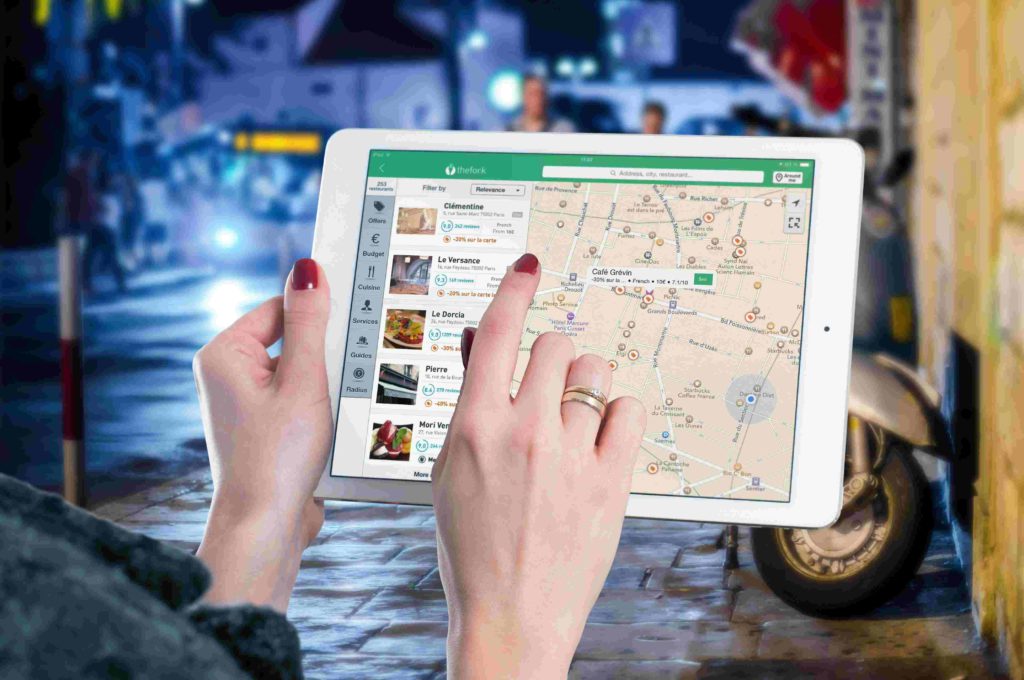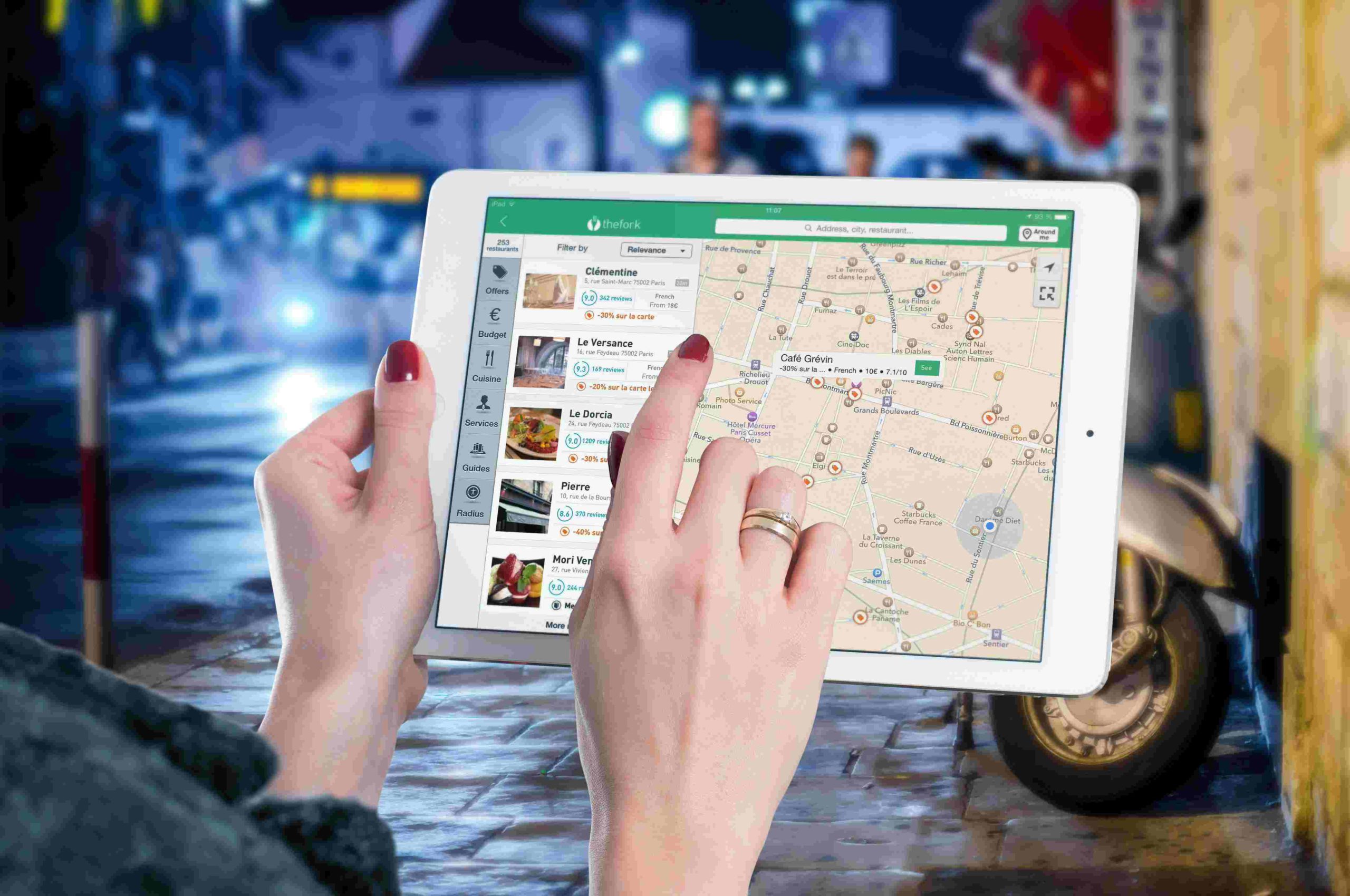Geofencing: A Revolutionary Solution to Parking Woes
Presently, the integration of smart technologies in parking is gaining serious traction; to improve on-street and off-street parking demands, optimize parking supply, regulate pricing, enhance customer satisfaction, all that requires hyper-local servicing. And in this regard, geofencing technology has come forward as a revolutionary force.

What is Geofencing?
If you deconstruct the term geofencing, you get – “geographical fencing” and in essence, this is what the term entails. Geofencing is a location-based service that can be configured in a geographical location using a digital framework. Once configured, geofencing creates a virtual perimeter or boundary around the set geographical location so that when a device enters, leaves, or is nearby this virtual “fence”, it can be detected easily.
To detect a device, geofencing technology uses native positioning technologies such as RFID systems, Wi-Fi networks, cellular data, Bluetooth beacons, etc. Once the device is detected, its activity is monitored and a pre-programmed action is triggered; devices can receive a notification alert, a text message, or an email from the geofence operators.
Integration of geofencing technology in parking
To counter the citywide parking woes, cooperation among different stakeholders is essential. The same goes for the implementation of geofencing technology: In parking, operators of a geofence can be – municipal authorities, parking facility owners, or landowners as well as the motorists seeking a vacant parking spot. However, geofencing technology must work in tandem with IoT-enabled software and various sensor systems to facilitate easy exchange in parking demand and supply.
How does Geofencing work?
Since a geofence can only provide accurate data up to a range of 50m, creating a single geofence for the entire city is technically infeasible. Therefore, each parking facility in the city– equipped with GPS, IoT, image processing, ICT, RFID, or related technology – can set up a geofence surrounding their location and monitor it using a dashboard. And a common mobile-based application that accesses parking information from various parking facilities can be developed for the citizens to use whenever a parking need arises.
Citizens can use the mobile-based application for machine-to-machine communication with IoT-enabled technology in different parking lots and receive parking information over the internet. This can happen in two ways: firstly, the mobile-based application can be used by the citizens to create a temporary geofence around their location that can detect a parking lot nearby; secondly, parking lot operators can send parking alerts to citizens if their vehicle has entered or is nearby the facility’s geofence.
Once the citizens detect a parking facility nearby or use parking alerts provided by the facility, further information about spot vacancy, tariffs, payment mode, or navigation can be obtained in real-time through the mobile-based app itself. Additionally, citizens can also use the app to book a spot, extend parking time, pre-pay, or pay digitally.
After the citizens successfully register for a vacant spot, a digital receipt in the form of a security code or QR code would be generated to authenticate the user for a hassle-free entry. LED sensors can guide the vehicle to its designated spot and subsequently, towards the exit – when the vehicle starts to leave the facility. Consequently, management of the parking facility will become automated and significantly reduce long queues at the facility’s access points.
This is how geofencing technology can be harnessed to keep the parking woes at bay.
1. Locate available parking space
According to studies, 80% more fuel wastage is done than normal to find a vacant parking space in the parking area. To save time and fuel costs, the vehicle’s cruising time can be reduced with IoT-enabled geofencing technology. Citizens can easily find, reserve, and navigate an empty parking spot in their vicinity using the connected mobile-based app – resulting in reduced distracted driving, lower carbon emissions, and a waste of time as well as money.
2. Reduced check-in and check-out time
A long queue at entry and exit points is a characteristic of a manual management system; resulting in time wastage, extra fuel cost, and poor customer experience. By optimizing the parking facility with IoT-enabled geofencing technology and connected-app, management can reduce the check-in and check-out time as citizens would have the option of reserving and paying for a spot in advance. Moreover, lots can become automated as machine-to-machine communication would facilitate the whole operation from spot designation to billing.
3. Enhanced revenue streams
Financing the parking supply’s maintenance and operation, either on-street or off-street, would become easier as monitoring the vehicle’s mobility would become easier. When a vehicle is inside a parking lot’s geofence, operators can monitor its activity to ensure that rules and regulations are being followed; and if there is a violation or dispute, facility operators can level a charge accordingly. Besides, facility operators can improve their revenue with regulated pricing and variable rates that would depend on peak hours, occupancy rate, traffic congestion, etc.
4. Generation of customer and utilization data
Management of parking lots and spaces can be incentivized with customer and utilization data collection. Municipal corporations, ULBs, and parking facility operators can create an information ecosystem that can be reviewed and analyzed by all the stakeholders, independently. Insights inferred from the data can be used to predict peak hour demands and travel patterns that would improve management’s efficiency. With IoT-enabled geofencing technology, an individual database for each parking facility can be created for easy accessibility; the database can also be shared with municipal authorities to assist in the city’s mobility planning.
The bottom line
Today, the mobility crisis owing to the poor transit network, traffic congestion, private motorization, and inadequate parking demand-supply, has been choking the urban sectors. In consequence, city sprawls, environmental degradation, carbon emissions, land exploitation, etc. are increasing at an alarming rate. Therefore, to revolutionize parking management and enforcement, cities need to invest in smart technologies like geofencing.

